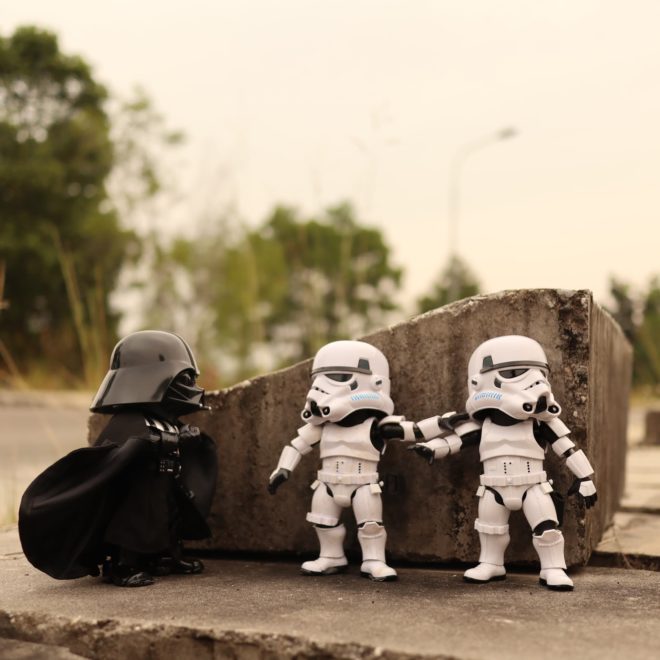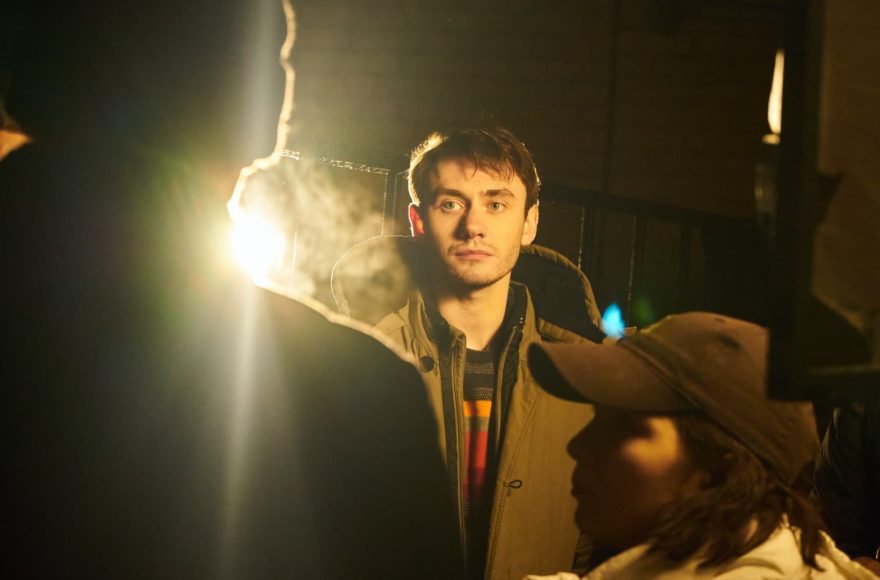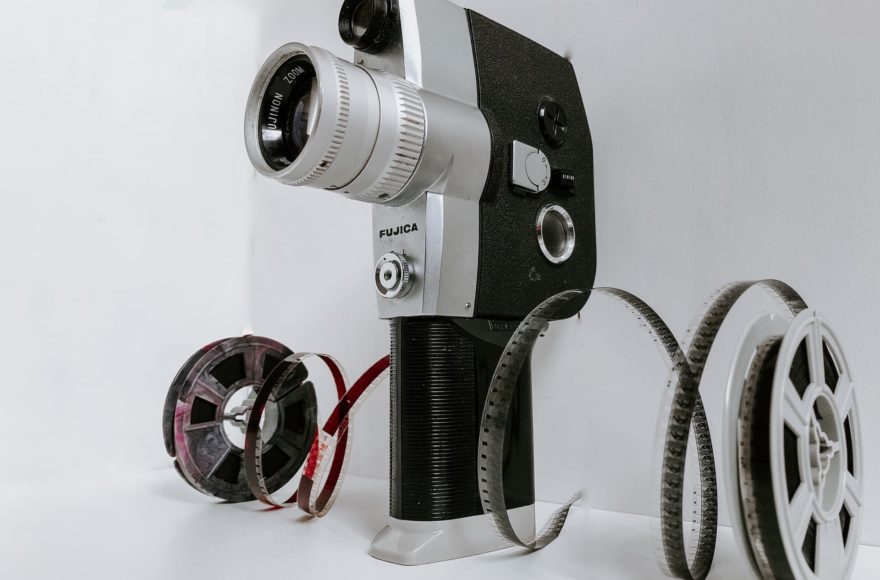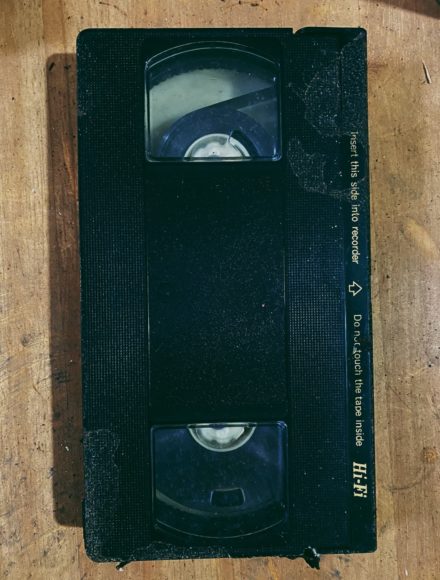8 Times Famous People Played Themselves in Cinema’s Earliest Films

It’s estimated that between 75 and 90 percent of films made before 1929 are either lost or only exist in incomplete form. As part of our RT Archives project, we are collecting contemporaneous reviews for those films – see a full list here and read what critics said about them at the time – and shining a spotlight on the stories and people behind them.
Recently, our tireless team of review curators were able to dig up new reviews for over 100 films that have been lost or destroyed over time, providing us with new and fascinating insights from contemporaneous critics for motion pictures we’ll never get to see again. A fair number of those films featured real people portraying themselves on screen, as the line between documentary and narrative filmmaking wasn’t so clearly defined in the earliest days of cinema. Of course, celebrity cameos are pretty common in today’s Hollywood, but those celebrities are rarely the actual subjects of the films themselves, unless they’re playing caricaturized versions of themselves. With that in mind, we’ve put together a list of movies starring real people playing themselves, from a survivor of the Titanic disaster to Babe Ruth to the man who invented steer wrestling. Read on for the full list.
Dorothy Gibson, Titanic Survivor – Saved from the Titanic (1912)

(Photo by Eclair Film)
Although she enjoyed a successful career on stage and later appeared in several films, Dorothy Gibson is probably most famous for surviving the sinking of the Titanic… and then starring as herself in the first film to be made about the tragedy. That film, Saved from the Titanic, was a 10-minute short that centered on Gibson, who also co-wrote the script, as she relayed the harrowing experience to her parents and fiancé; she even dressed in the same outfit that she wore the night of the sinking. Perhaps the most remarkable thing about the film, though, was that it was released less than one month after the Titanic sank. None of Gibson’s other films survive to this day, with the exception of an adventure-comedy called A Lucky Holdup, which, incidentally, premiered while Gibson was on board the Titanic.
Pancho Villa, Mexican Revolutionary – The Life of General Villa (1914)

(Photo by Everett Collection)
Pancho Villa was, of course, one of the most well-known leaders of the Mexican Revolution, but it may surprise some to learn that he agreed to star in an autobiographical film in the middle of said revolution. Looking to secure funds for his wartime efforts, Villa signed a contract with Mutual Film Corporation, which would later become part of the renowned RKO Pictures, and producer D.W. Griffith (yes, he of Birth of a Nation and Intolerance). The film featured authentic battle footage, which wasn’t unusual for newsreel films of the time, but also incorporated staged scenes to fill in the blanks and reportedly took instructions from the production company on how and when to fight those battles. The end result was allegedly so unbelievable that a major portion of the film had to be reshot on studio stages. The story behind these rumors and the others that swirled around other figures of the revolution are fascinating in their own right, but we’ll never know what The Life of General Villa really looked like, because it’s lost to time.
Anna Howard Shaw, Suffragist – Your Girl and Mine (1914)

(Photo by Library of Congress/Getty Images)
Born in England in 1847, Anna Howard Shaw emigrated to the US with her family when she was just four years old. She endured a difficult childhood but went on to live an accomplished life, first as a teacher, then as an ordained minister (the first female Methodist one, at that), and then as a doctor. But her most important achievements were in the women’s suffrage movement, when she worked alongside Susan B. Anthony and Elizabeth Cady Stanton to advocate for the passage of the 19th amendment. In 1914, she would appear as herself the film Your Girl and Mine, a pro-suffrage film showcasing the kinds of problems an average, everyday woman would face in states without voting rights for women. Writing for the early trade publication Moving Picture World, critic James S. McQuade predicted, “The near future, I firmly believe, will reveal to those who advocate equal suffrage that moving pictures, as shown in Your Girl and Mine, will accomplish more for the cause than all that eloquent tongues have done since the movement was started.”
Mary MacLane, Writer – Men Who Have Made Love to Me (1918)

(Photo by Perfection Pictures / Essanay Film Manufacturing Company / George Kleine System)
There’s nothing particularly revolutionary these days about people who air their dirty laundry in public; it seems, in fact, to power a significant chunk of reality entertainment. But back at the turn of the century — the last century, that is — it was outrageous and controversial especially for a woman to write frankly about her sexual desires and exploits, and that’s exactly what Mary MacLane did. Fiercely independent and unusually raw and honest, MacLane’s salacious writings and feminist ideas influenced a generation of young women and rankled conservative thinkers of her time, but they also inspired an autobiographical feature film in which she starred as herself. Based on an eponymous series of syndicated articles, the film is comprised of six vignettes depicting MacLane’s various love affairs, in between which she smokes and addresses the audience in what is widely considered the earliest example of consistently breaking the fourth wall. It was the only film she made, but no copy of it survives to this day.
Arshaluys “Aurora” Mardiganian, Armenian Genocide Survivor – Ravished Armenia (1919)
Arshaluys Mardiganian was only 14 years old when the Armenian Genocide in Turkey began in 1915, and as the daughter of a prominent Armenian family, she bore witness to atrocities no teen — or human being, for that matter — should ever be made to endure. Her father and brother were imprisoned, while she and the rest of her family were deported in a 1,400-mile death march, during which she was sold into slavery more than once. Mardiganian eventually escaped and found her way to the U.S., where a screenwriter named Harvey Gates caught wind of her story and helped her write a memoir of sorts, which then became the basis for the silent film Ravished Armenia. A dramatized chronicle of the horrific events of the Armenian Genocide, the film starred a 17-year-old Mardiganian as herself, requiring her to relive her past trauma in order to shed light on the situation back home. Though Mardiganian later took issue with some of the representations in the film, as well as the pay she earned for it, she became the de facto spokesperson at the time for the victims of the genocide, and the film helped raise $30 million for the American Committee for Armenian and Syrian Relief. In modern times, there is an annual humanitarian award, the Aurora Prize for Awakening Humanity, named in her honor.
Ormer Locklear, Stuntman and Daredevil – The Great Air Robbery (1919)

(Photo by Everett Collection)
Technically speaking, The Great Air Robbery isn’t specifically about real-life stuntman/daredevil Ormer Locklear’s life, unless he was moonlighting as a U.S. Postal Service pilot caught up in a deadly rivalry with an archnemesis intent on stealing a shipment of gold. That said, the film was only made to showcase Locklear’s incredible talents — it was originally intended to be the first in a series of films featuring Locklear’s aerial stunts — so, in a sense, he was just doing what he did best. Though the film was a success, Carl Laemmle and Universal Studios opted not to continue the partnership with Locklear, which led to a lawsuit, and Locklear’s next film, The Skywayman, was produced at Fox. During the filming of that movie, Locklear and his co-pilot died in a midair crash, and Fox kept the footage in the final cut, utilizing the tragedy to sell the film. Today, no copy of either The Great Air Robbery or The Skywayman exists.
Bill Pickett, Rodeo Cowboy – The Bull-Dogger (1921)
It could be argued that The Bull-Dogger is less a narrative feature than a documentary showcase, but it’s noteworthy if only because its subject’s legacy lives on to this day. The subject in question is Bill Pickett, the son of a former slave and an internationally renowned rodeo cowboy whose unique ability to take a steer down with his bare hands — otherwise known as “bulldogging” — caught the eye of a silent filmmaker named Richard Norman. Norman filmed Pickett’s exploits and performances for a wider audience, and although some places found the footage offensive on grounds of animal cruelty, Pickett also stood out as an African-American celebrity, and his bulldogging technique evolved into modern steer wrestling, a staple rodeo event. Only a few clips of The Bull-Dogger remain today.
Babe Ruth, Baseball Legend – Babe Comes Home (1927)
In 1927, Babe Ruth had arguably the greatest season by any athlete, ever, in any sport. He hit for a .356 batting average, with 164 RBI and a slugging percentage of .772, and he hit a record-setting 60 home runs, which was more than the totals of 12 other teams. But before the season began, he also took some time to star in a goofy romantic comedy called Babe Comes Home, playing a star baseball player named “Babe” Dugan who falls in love with the woman who launders his uniform every week. In other words, while Ruth wasn’t technically playing himself, it wasn’t much of a stretch from his real-life persona. The film was notable for its use of an experimental and short-lived technological gimmick called Vocafilm, which provided a music and sound effects soundtrack, and according to critics of the era, it wasn’t too shabby. Unfortunately, there are no surviving copies of the entire film, and all we have are snippets of footage.
Thumbnail images by Everett Collection, Perfection Pictures/Essanay Film Manufacturing Company/George Kleine System
On an Apple device? Follow Rotten Tomatoes on Apple News.
—
Rotten Tomatoes




